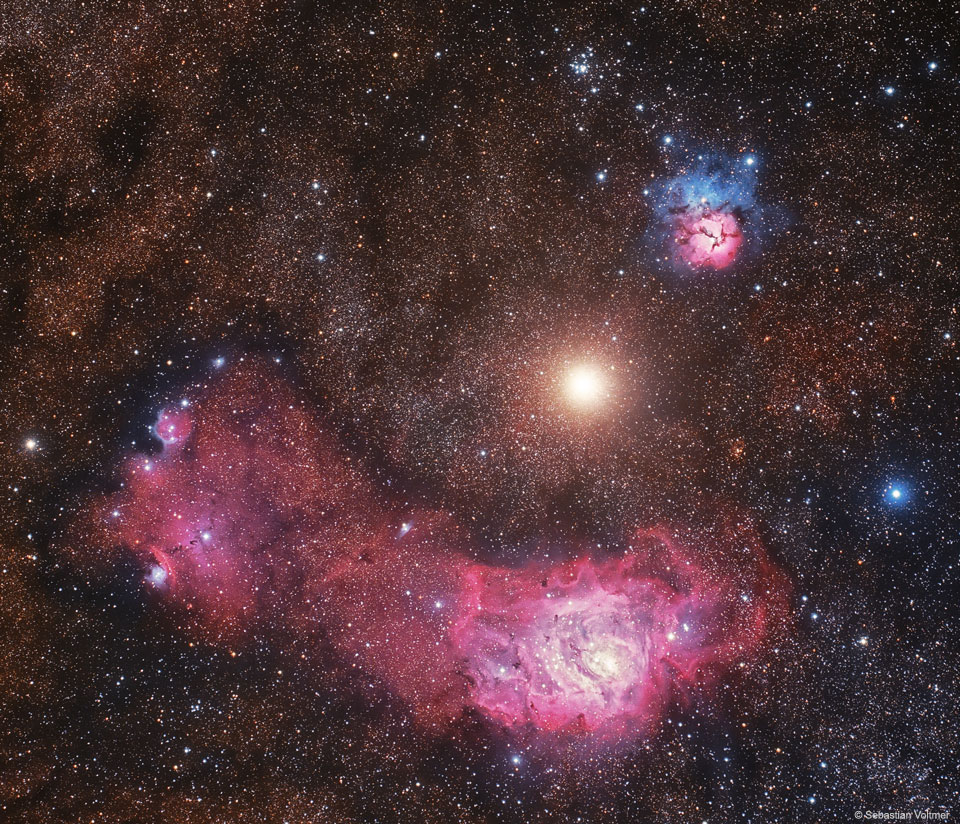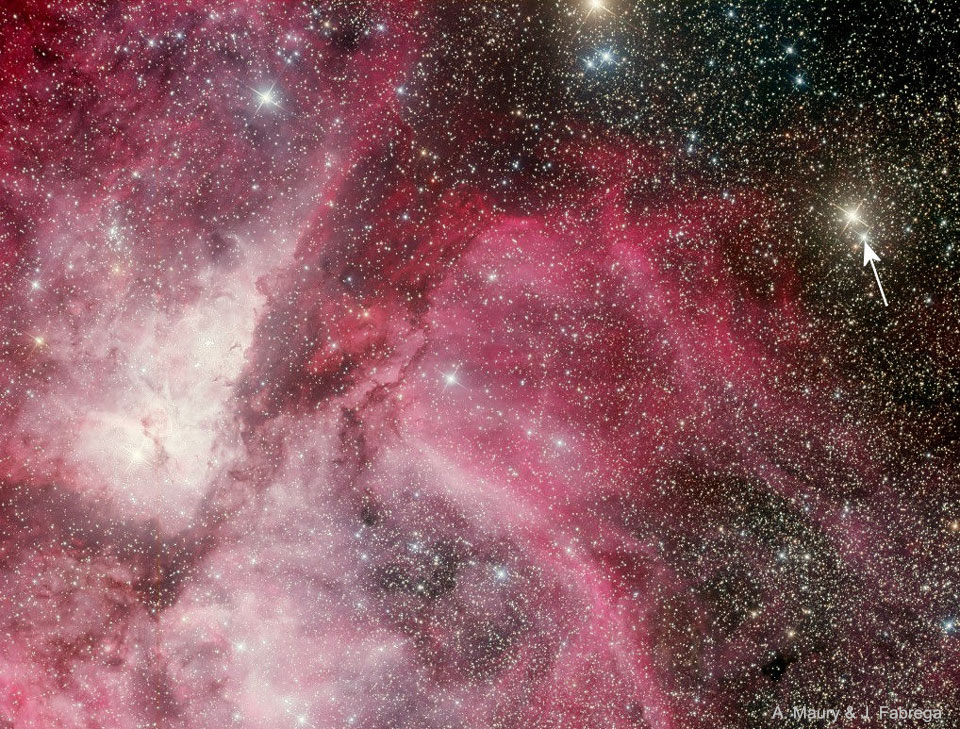
NASA Awards Contract for Environmental Compliance, Operation Services
NASA has awarded a contract to Navarro Research and Engineering, Inc., of Oak Ridge, Tennessee, for continued environmental compliance and operation services at the agency’s White Sands Test Facility in Las Cruces, New Mexico.
from NASA https://ift.tt/2pJYyFH
via IFTTT![]()
Be a Flight Director: NASA Accepting Applications for Mission Control Leaders
How would you like to sit at the helm of human spaceflight, responsible for the success of missions and the highly trained teams of engineers and scientists that make them possible? NASA is hiring new flight directors for just this job at its mission control at Johnson Space Center in Houston.
from NASA https://ift.tt/2GvkCNU
via IFTTT![]()
NASA’s Webb Observatory Requires More Time for Testing and Evaluation; New Launch Window Under Review
NASA’s James Webb Space Telescope currently is undergoing final integration and test phases that will require more time to ensure a successful mission. After an independent assessment of remaining tasks for the highly complex space observatory, Webb’s previously revised 2019 launch window now is targeted for approximately May 2020.
from NASA https://ift.tt/2IWznaX
via IFTTT![]()
Curiosity Rover Gets Ready for Its Next Adventure
Mars Between Nebulas

NASA Hosts Media Teleconference on Status of James Webb Space Telescope
NASA will host a media teleconference at 11:30 a.m. EDT Tuesday, March 27, to provide an update on the agency’s James Webb Space Telescope – what will be the world’s premier infrared space observatory and the biggest astronomical science telescope ever built. Audio of the call will stream live on NASA’s website.
from NASA https://ift.tt/2pITf8O
via IFTTT![]()
NASA Television to Air Launch of Next Space Station Resupply Mission
NASA commercial cargo provider SpaceX now is targeting its 14th resupply mission to the International Space Station for no earlier than 4:30 p.m. EDT Monday, April 2.
from NASA https://ift.tt/2ummymT
via IFTTT![]()
Claudia Alexander and Her Life Well-Lived
Announcing Nova Carinae 2018




